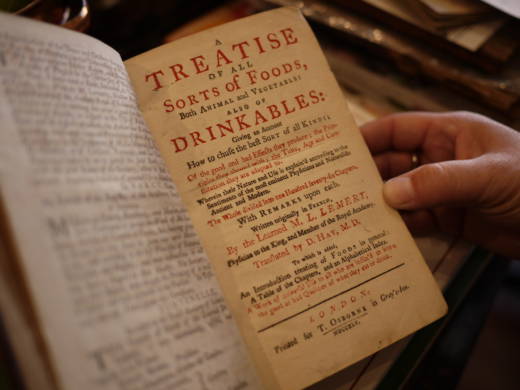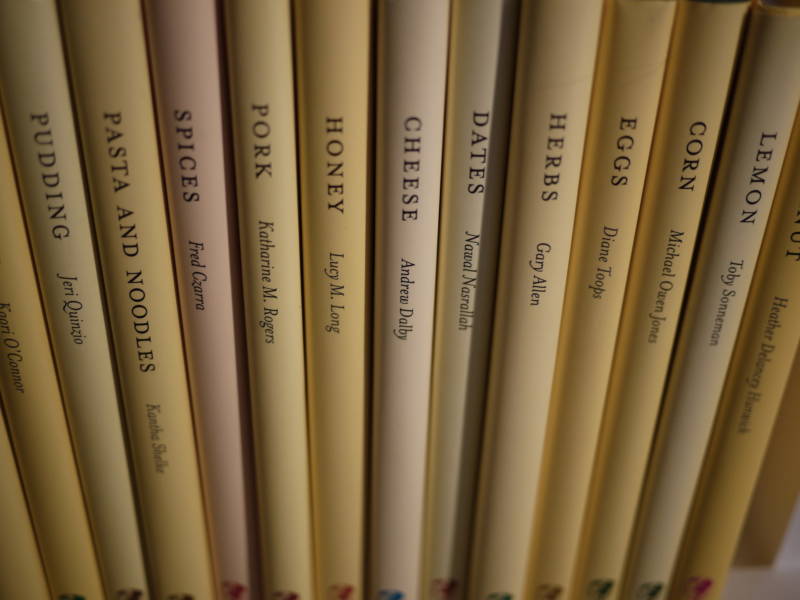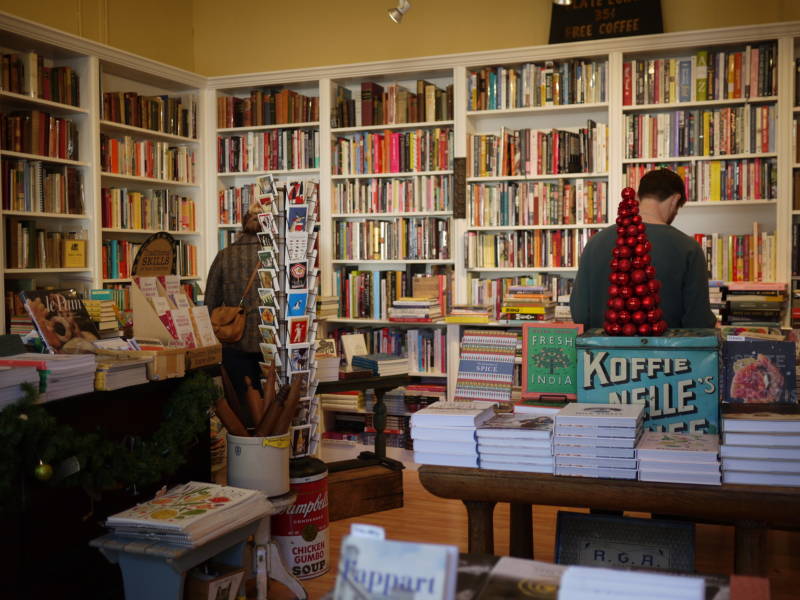Omnivore Books on Food specializes in rare and vintage cookbooks, as well as new books about cooking and food. Sasha Khokha, host of The California Report Magazine, stopped by for a conversation with owner Celia Sack, about what's selling to home cooks for the holidays. Here are some excerpts:
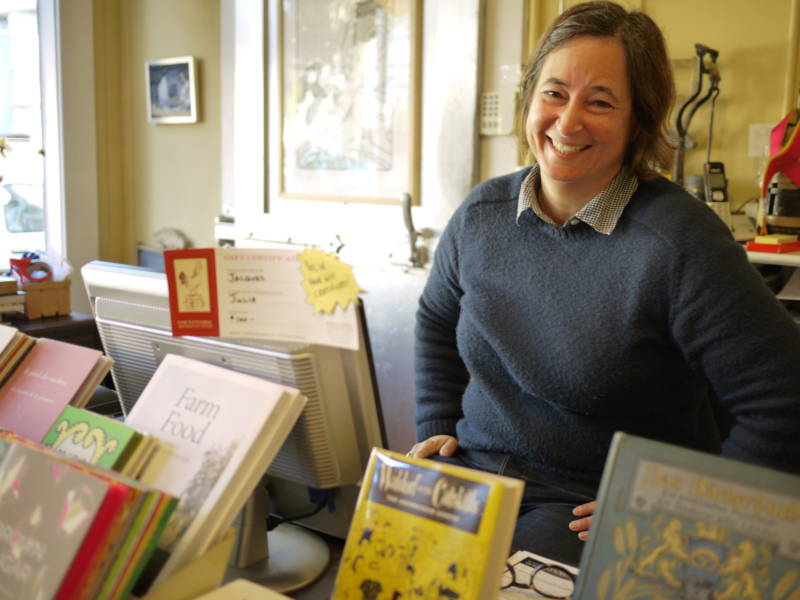
Why she lets customers handle rare cookbooks, hundreds of years old:
When I was a young woman, 18 or 19, I loved to collect, and these antiquarian book shops would have all the old books behind the counter. They'd give me the stink eye if I asked to see them. They were very suspicious, and sort of watched me the whole time. It was a very nerve-wracking experience, and it really discouraged collecting. I wanted to be exactly the opposite. All the antiquarian books are mixed in with the new, or at least reachable for people. I'm going to trust my customer to not take the book and throw it across the room. They're amazed. They'll say 'My god, this is from 1620? And you're letting me touch it?' I'll say, 'Yeah, actually the paper was stronger then, so feel free to look through it and check it out.' We need a new generation of people to get excited about collecting.
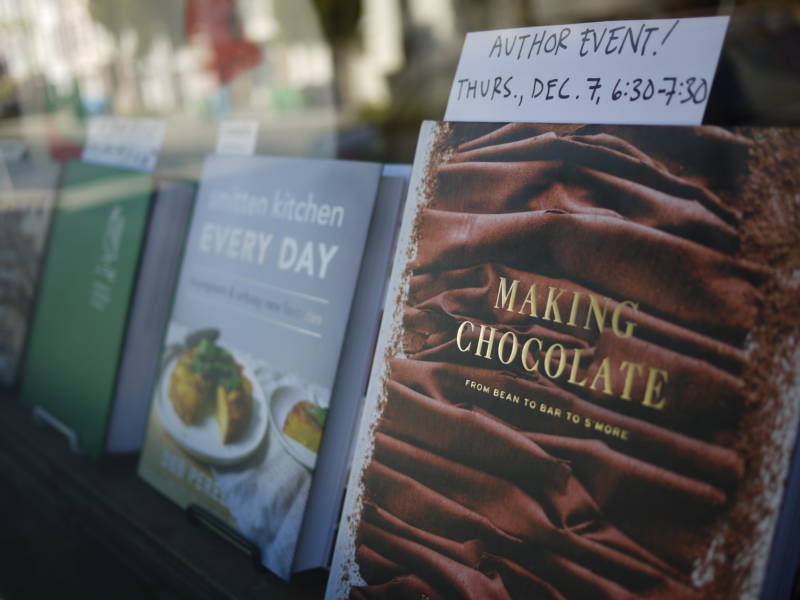
What's valuable about a paper cookbook vs. a digital recipe:
You get to make notes in it. My wife loves to write the date that she made something. You get to really interact with the recipe on the page, and see the picture. You get to splatter it. Some of the historical books are interesting that way. I got Jeremiah Tower's collection. He was one of the first chefs at Chez Panisse, and really started California cuisine. One of his books was Mastering the Art of French Cooking by Julia Child. It had splatters on all the pages he had used. You get to think about him learning how to cook from that book, and splattering it, and then becoming this very famous chef in his own right. It's fascinating to see that confluence. You can print out a recipe, but you know what? You'll never find it. You're going to tuck it away in some shelf.
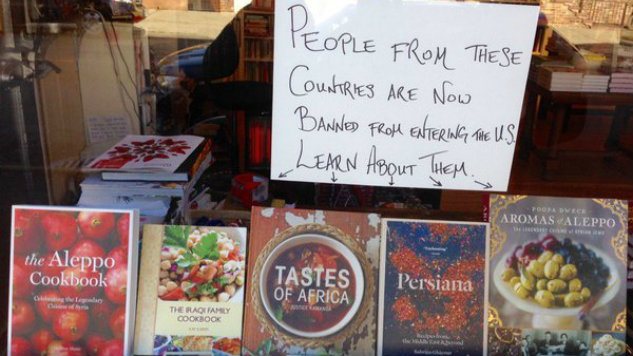
On the window display of books from countries targeted under President Trump's initial travel ban:
